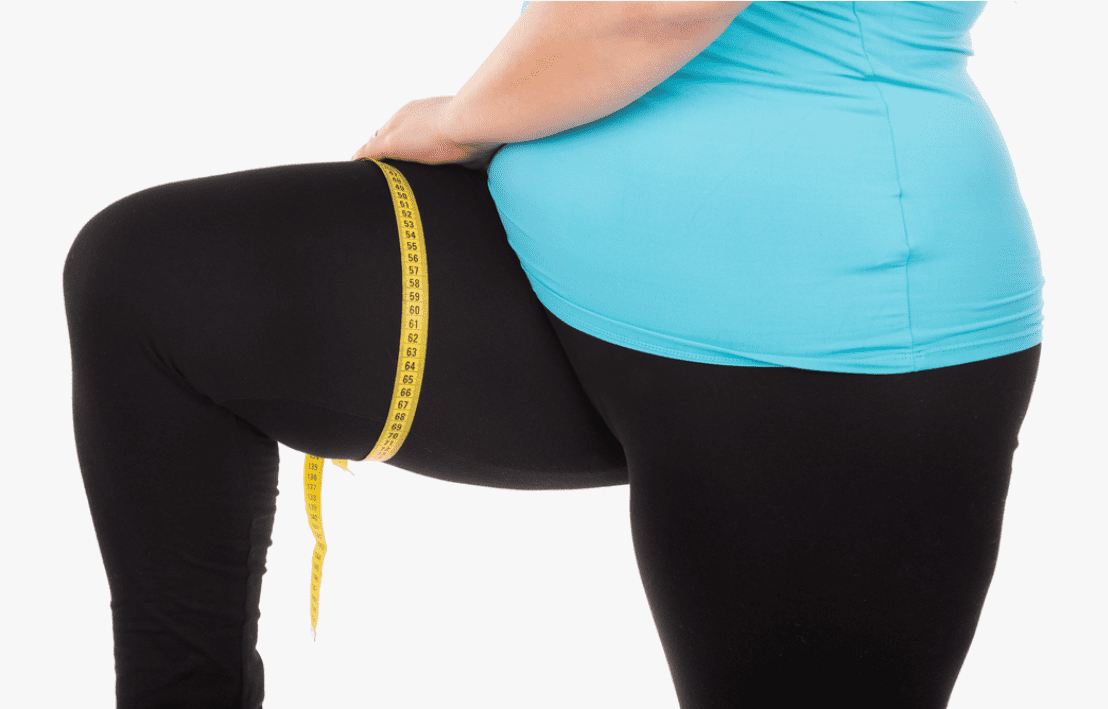Understanding Various Stages of Lipedema

Lipedema is a significant yet often underdiagnosed condition, primarily impacting women, affecting an estimated 11% globally. This chronic disease manifests as disproportionate swelling, particularly in the legs and sometimes in the arms. Despite its prevalence, lipedema is frequently misdiagnosed or mistaken for obesity, highlighting the need for greater awareness and diagnostic accuracy.
Individuals with lipedema often experience physical discomfort and emotional distress due to body image concerns. Recognizing the signs, symptoms, and various stages of lipedema is crucial for timely diagnosis and effective management, emphasizing the importance of tailored treatments to improve the quality of life for those affected.
We at Amwaj Polyclinic, through our proficient team of cosmetic experts, offer a well-guided and precise line of lipedema treatment in Dubai.
Understanding Lipedema
Lipedema is a persistent condition characterized by an atypical buildup of fat cells in localized areas of the body, notably the arms and legs. Unlike general weight gain that affects the entire body, lipedema primarily affects the lower body, resulting to an asymmetrical appearance.
Symptoms commonly include pain, sensitivity, and heightened susceptibility to bruising in the affected regions. It is critical to recognize that lipedema is a unique disorder that should not be confused with typical obesity.
Driven by our commitment to improve the quality of life for individuals managing lipedema, our goal is to provide accurate diagnosis and comprehensive post-operative care. We will delve into the recognized stages and types of lipedema to provide insight into this condition, fostering a deeper understanding of your individual condition.
Stages of Lipedema

Lipedema is categorized into three stages according to tissue composition and skin quality. The severity is determined by the visible appearance of the skin and examination by touch.
Stage 1
Initially, Stage 1 of lipedema can be deceptive. It often resembles typical weight gain, with excess fat cells accumulating under the skin, typically in the legs, arms, or both. Although the skin surface remains smooth, the underlying tissue becomes softer and spongier, similar to a pillow.
At this stage, women often maintain a symmetrical body shape, contributing to the misconception that the increased size is due to regular weight gain. However, an important distinction lies in the presence of pain or tenderness associated with the increased adipose tissue – a critical indicator of lipedema.
f you notice an unusual enlargement in specific body areas accompanied by discomfort, prompt consultation with our lipedema doctor in Dubai is advised.
Stage 2
Progressing to Stage 2, the differentiation between ordinary weight gain and lipedema becomes more evident. The skin texture changes, appearing bumpier and more uneven, akin to an orange peel. The accumulating fat becomes denser, and lipedemic nodules – clusters of hardened fat cells, begin to form.
Daily activities may become cumbersome as the uneven fat distributions create imbalances in the body, affecting mobility and self-confidence.
Stage 3
In Stage 3 lipedema, excessive fatty tissues accumulate more aggressively, resulting in large folds or lobules of fat, mainly hanging from the inner thighs and under the knees. Movement may be significantly impaired, increasing the risk of joint problems, venous diseases, and secondary health complications.
Emotional well-being may also be affected by the physical changes; this is where compassionate care, like that at Amwaj Polyclinic, plays a crucial role. We believe in not only treating physical symptoms but also addressing the emotional challenges associated with Stage 3 lipedema.
Stage 4
Known as Lipo-Lymphedema, this stage marks the onset of secondary lymphedema alongside lipedema. The disease progresses to the point where significantly enlarged fatty tissues impair the lymphatic system, which is crucial for maintaining fluid balance. Although quality of life can be significantly affected, solutions are available even for advanced stages of lipedema.
Lipedema Treatment at Amwaj Polyclinic
Our Complete Decongestive Therapy encompasses:
Manual Lymphatic Drainage: This therapeutic technique employs gentle, rhythmic massage movements to encourage the flow of lymphatic fluid from congested areas towards healthy vessels, facilitating drainage into the venous system. This helps alleviate pain and prevents the development of fibrosis.



Struggling with that accumulated fat?
Reach out for the right lipedema treatment in Dubai at Amwaj Polyclinic via Whatsapp
If you’re facing challenges with accumulated fat due to lipedema, don’t hesitate to seek out effective treatment at Amwaj Polyclinic in Dubai. Our specialized lipedema treatments are designed to address the unique needs and stages of this condition, offering relief and enhancing your quality of life. With expert guidance and personalized care, we’re dedicated to supporting you on your journey towards effectively managing and treating lipedema effectively.
Contact us today to explore your options and embark on the path towards greater well-being and confidence.
About Us
If you’re looking for a polyclinic offering patient-centred medical and aesthetic services for the whole family, look no further than Amwaj Polyclinic, where we combine the medical practices with a friendly and caring environment.
Related Blogs

Know how chiropractic care can manage desk job strains
Understanding Various Stages of Lipedema Home Desk Job Strains: Rising need for chiropractic care High-pressure

Genefill Body Filler – Revolutionizing Cosmetic Enhancement
Genefill Body Filler – Revolutionizing Cosmetic Enhancement Home Dr. Matteo Vigo, plastic surgeon and medical

Understanding Various Stages of Lipedema
Understanding Various Stages of Lipedema Home Lipedema is a significant yet often underdiagnosed condition, primarily
